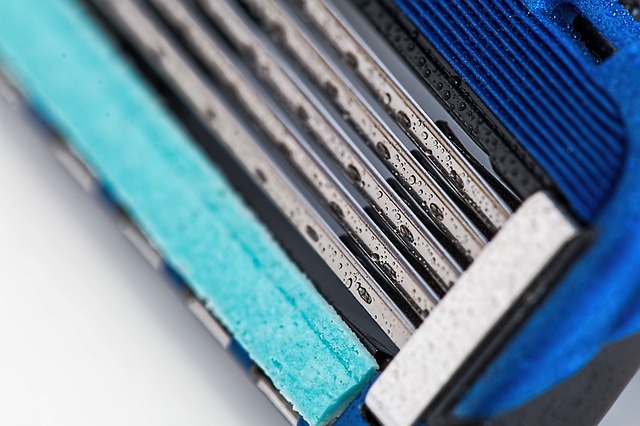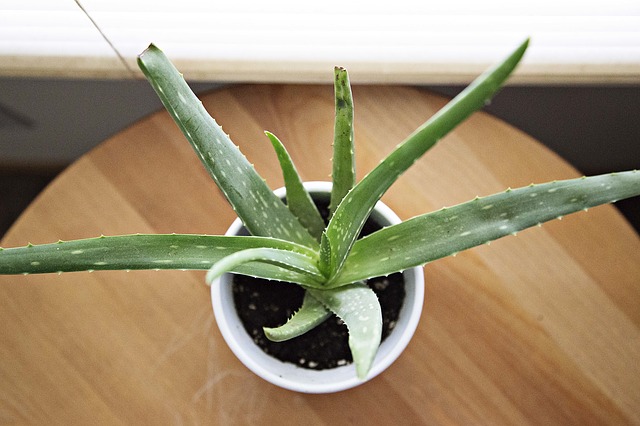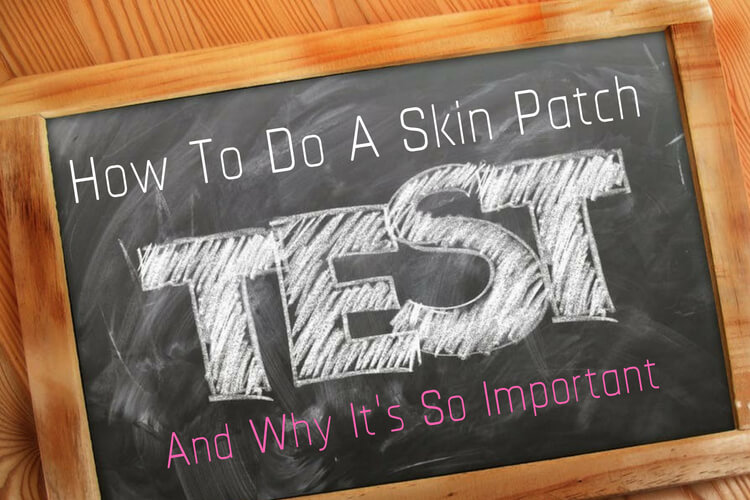
How To Do A Skin Patch Test And Why It’s So Important
If you’ve ever wondered how to do a skin patch test with a new skin care product then believe me you’re not alone because many people have no idea how to do one. In fact, how many of us don’t even bother with a skin patch test every time we come home with a brand new fancy skin care product (hand firmly raised high here) because let’s face it who wants to wait right.
You didn’t just spend all that money on your new supposedly age reversing product to then have to wait several days before you can fully cake your face in it, right?. Well, I get it and I’ll be the first to admit that for years I ignored all common sense and that important piece of advice before using a new skin care product and believe me when I tell you that I paid the price on more than one occasion.
What Made Me Change My Tune?
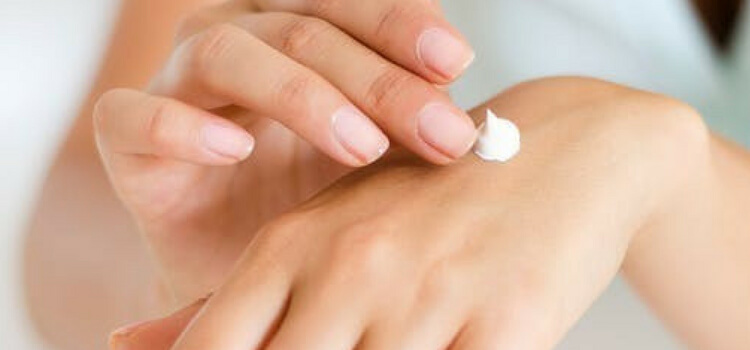
I’ve had plenty of experiences using a new product that either broke me out or caused some sort of mild irritation but it was never anything that couldn’t be hidden with some good concealer for a few days until it calmed down. It was only when I started dabbling with more dramatic products that I realised I needed to be a little more careful.
When I say more dramatic products, what I really mean is more dramatic ingredients and the particular one in question that made me re-evaluate things was bee venom. Now as laid back as I might have been with my new products previous to this, I know full well that this wasn’t something that I should be slathering all over my face without doing some sort of skin patch test first.
I’ve never been stung by a bee so for all I knew, I could have been highly allergic and that wouldn’t have ended well if I’d have gone in guns blazing. And even though in the end I had no reaction to it, there was still something about that whole experience that made me realise how cavalier I was being when it came to using brand new skin care products.
Why It’s So Important
So the bee venom might be an extreme example but just imagine the worst case scenario where you have a full blown severe allergic reaction to something that you had no idea you were even allergic to in the first place and you’ve just covered your entire face with it. Now that’s going to be a pretty difficult situation to rectify quickly no matter how much you try to remove the product afterward and even if you do rectify it quickly, it’s still a scary thing to experience.
But it’s not just allergic reactions you need to consider, what about skin irritating ingredients that you didn’t realise your skin was sensitive to or ingredients that you didn’t realise would break you out like a hormonal teenager. Even if you’ve checked all the ingredients and think you’ve used them all before, you could still have a reaction to a new product because certain things may be different.
Things That May Differ In Your New Product
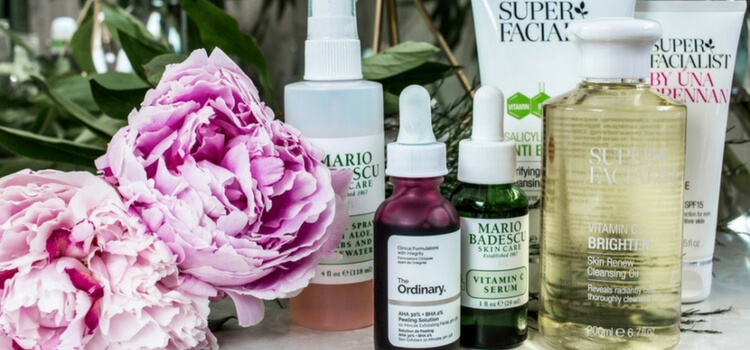
Your new product could contain higher amounts of certain ingredients that your skin only tolerates at lower levels or could be formulated in a way that your skin doesn’t approve of. There could also be a fragrance in there that sets you off. Many skincare products don’t state the exact fragrances used in their products, just that they contain fragrance which realistically could be absolutely anything and differ completely from one product to the next.
Before using the bee venom product, I literally went on a mad hunt looking for advice on how, where and for how long I should be doing a skin patch test because I wasn’t willing to mess around with this stuff and I didn’t want to take any chances or make any mistakes. This was bee venom after all and in the worst case scenario, it could have been dangerous.
How To Do A Skin Patch Test For Allergies
Testing for allergies is probably one of the most important things to test for and I’m astounded with myself that I wasn’t already doing this with every single new product I use. To test for allergies, apply a small amount of the product to the inside of the elbow (make sure it’s clean and dry and free of any other products beforehand) and wait for 72 hours to make sure no reaction occurs.
Most allergic reactions happen quite quickly like within minutes or a least within the first 24 hours but some can take as long as 72 hours to manifest so it’s best to wait the full time just in case. Although my own doctor suggested the inside of the elbow, many also suggest behind the ear as well and as I was so paranoid about the bee venom I ended up doing both (because you know, behind the ear is closer to my face and my face might be allergic to something that the inside of my elbow isn’t, right? ?)
What About Testing For Irritation Or Pore Clogging

Testing for irritation is slightly different and might differ from person to person because the best way to test for it is to apply a small amount of the product to the area where you’re most prone to irritation or sensitivity. For me, that’s the cheek area and although that’s one of the most common areas, it may be somewhere entirely different for each person. Again, make sure the area is clean, dry and free of all other products beforehand.
Some people may notice issues very quickly but it can take longer for irritation to show itself so it’s a good idea to repeat this test every day for a week before you go full facial making sure to apply the product to the exact same area each time. To test for pore clogging/acne, you would follow the exact same steps but test on an area where you’re prone to breakouts instead off or as well as. If you’re like me and both those areas happen to be the same place then great, two birds with one stone as they say.
Is Not Doing A Patch Test Really Worth The Risk
Luckily for me, I’ve never experienced what I’d call a severe reaction to any skincare product and I’m truly glad that I didn’t need to learn the error of my ways the hard way. For many, that isn’t always the case and it ends up taking a very bad reaction to a product to realise how important skin patch tests really are.
Have you ever had a bad reaction to a skin care product that you did or didn’t patch test first? Please feel free to share your stories and experiences in the comments section below.



